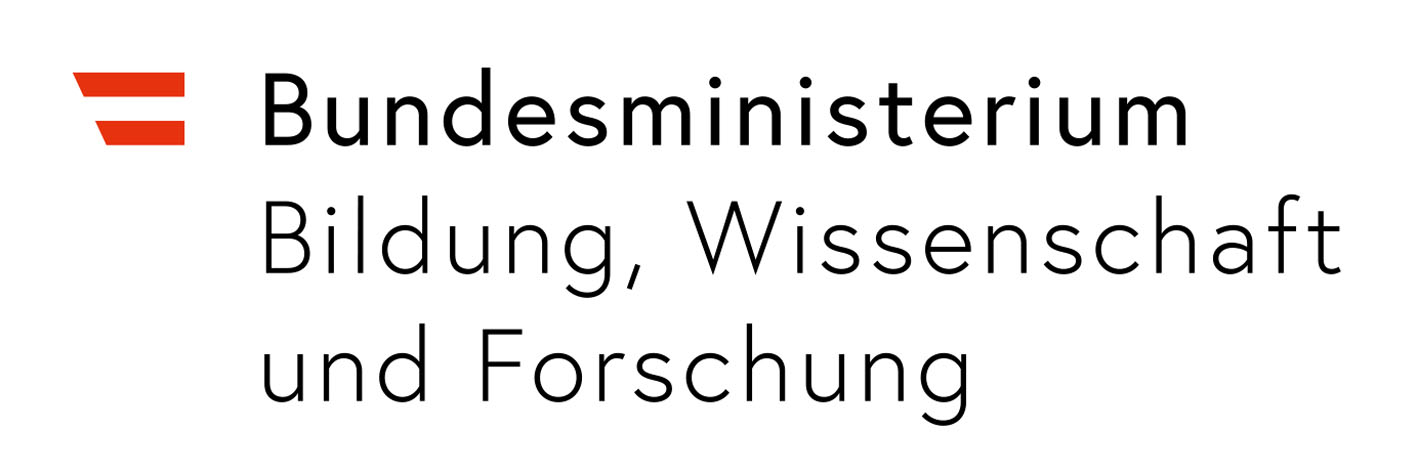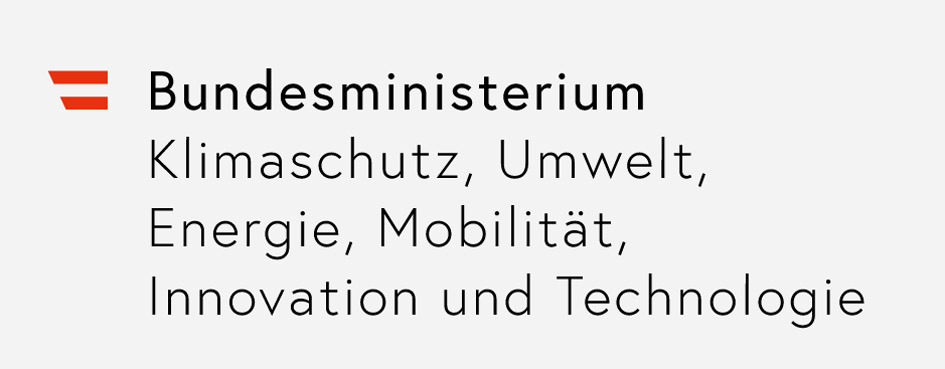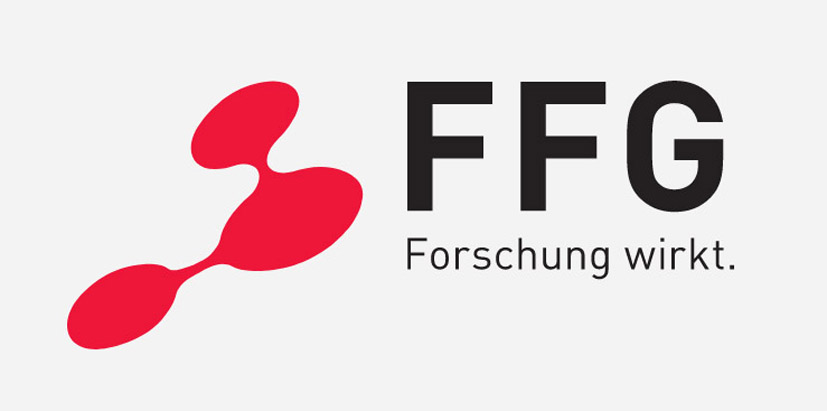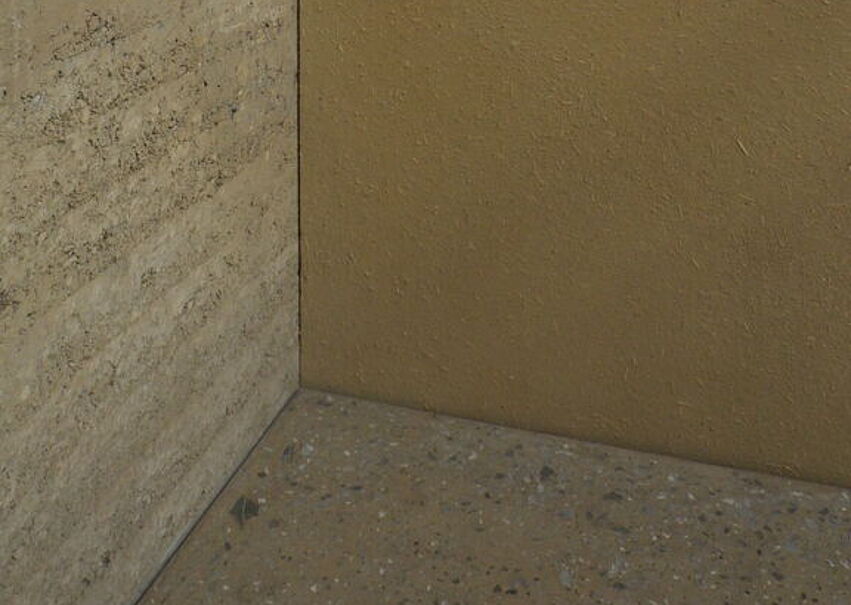The building sector is a major contributor to resource consumption and greenhouse gas emissions. In terms of energy demand in the use phase, the performance of our buildings has been significantly improved in recent decades. However, sustainability in the building sector does not end with the energy efficiency of building systems, as this approach does not take into account the large amount of gray energy used to extract, manufacture and dispose of the material resources required for this purpose.
Hardly any building material is as suitable for recycling as clay. It is available almost everywhere, does not require any additives that could be harmful to health, and can be returned to the natural cycle without hesitation. The material is available on site, can be recycled on site and disposed of on site. Clay can be processed with low energy input and can be reused several times without loss of quality. Clay accumulates as excavated material primarily in large-volume construction projects, can take on various construction tasks and acts as a substitute for CO2-intensive materials in diverse areas, for example in plaster, screed, but also in wall-forming materials such as brick or reinforced concrete. This is particularly relevant in view of the considerable CO2 emissions generated by the firing of mineral building materials.
The aim of the project is to expand the use of clay in the construction sector. This goal is to be achieved through different approaches. A major obstacle to the use of clay is the uncertain legal situation regarding its application. In addition to researching the existing regulatory framework and its applicability in Austria, the aim is to create better legal certainty in the use of earthen building materials. By creating a hub for excavated material that can be used as a building material, a network between excavation and construction companies is to be established. The development of a building system made of wood, renewable insulating materials and loam for prefabricated construction for multi-storey residential buildings can simplify ecological construction and accelerate construction projects. By developing a method to assess the environmental impact of regionally produced and distributed building products in small quantities, the environmental impact will be better represented by including aspects that have not been included in the assessment so far. The expansion of existing training/education measures in the academic field as well as the creation of recognized training for craftsmen:inside should create the widest possible range of training initiatives in earthen construction.
The increased use of earth leads systematically to an increase in the use of bio-based building materials such as straw, hemp or sheep's wool. As a result, regionally available and produced insulation materials, some of which store CO2, are used, and conventional building materials are largely substituted by climate-neutral, recyclable materials.







